Find out why leisurely trips with fewer stops are less stressful, more enriching, and more enjoyable for parents and children alike.
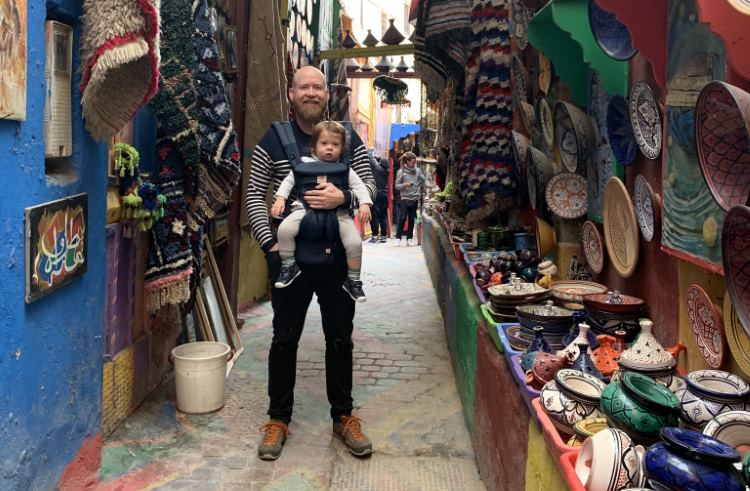 Photo © Ben Groundwater
Photo © Ben Groundwater
Your first reaction to this topic might be a snort of derision. Slow travel with children? Um… is there any other way?
To travel with kids is to go slowly, regardless of what sort of holiday you had in mind. Everything takes longer with children. Getting out the door is slow, getting on a train is slow, getting through an attraction or just sitting down for a meal is slow. Legs get tired. People get hungry. They get bored. They lose their shoes. They need to go to the toilet.
And the kids are a pain as well.
When my partner Jess and I are traveling with our young child and we’re planning the day ahead, we tend to set out what we would normally do if it was just the two of us, and then we halve it, and then we halve it again, and then we’re maybe getting close to what we can achieve as a lumbering group of three.
What does “slow travel” mean?
Traveling with children means taking it slow. But, is that the definition of “slow travel”? Not really.
Yes, going on a holiday with your children forces you to dawdle. But real slow travel means putting the handbrake on everything. It means taking your multi-destination trip and making it one stop instead: one country, one city, one place. It means taking your week-long journey and making it a fortnight. It means dedicating your adventure to digging deeper into genuine local culture, getting to know the people around you, sharing their food, listening to their music, appreciating their history, learning their beliefs.
And that is something you can most definitely do with kids. In fact, it’s something you should do with kids.
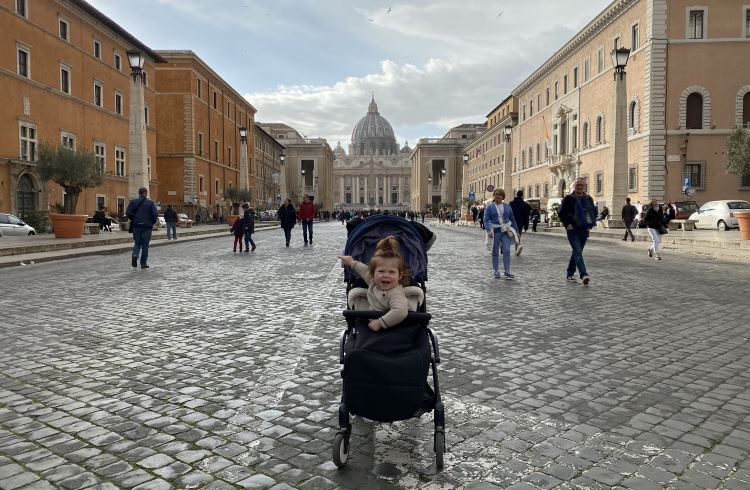
The advantages of slow travel for families
Let’s cut to the selfish basics, the stuff that will appeal to parents immediately: slow travel means less travel. It means fewer flights to entertain young children on, and fewer battles to get on board buses or trains. It means unpacking once and spreading your stuff around the room, and not having to worry about gathering it all together again until it’s time to go home. It means days of unplanned ease, where there are no attractions to tick off, no goals to achieve, just beautiful, idyllic free time.
Slow travel takes pressure off your children, too. They no longer feel harried. There are no tight schedules to push back on, and no set plans to rebel against. Instead, they get to take their time as well, to embrace the travel experience at their own speed. They can soak up a foreign culture and a foreign way of being. They can experiment with food, meet local people, and join in local activities.
I’ve just finished the slowest of slow travel experiences with my family: one entire year in the same place, a 12-month sabbatical spent in San Sebastian, Spain with my partner Jess and our toddler Angus. Twelve months to soak up the culture, devour the food, and learn a new way of life.
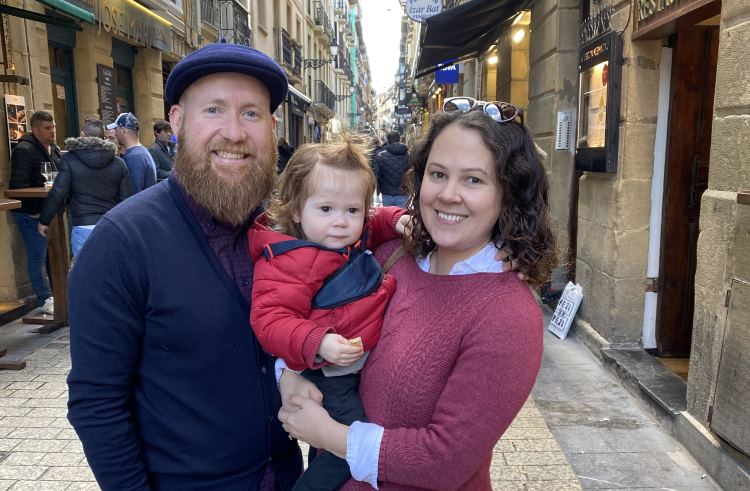
For Jess and me, it was a year of gentle exploration, an organic education in Basque culture and tradition. For Angus, it was a formative 12 months during which he became a proper person, someone who went from crawling to walking to running, whose first word was Spanish – agua – who played at the parks with local kids, who hung out with us in bars and restaurants, who watched and listened and soaked absolutely everything in.
We watched the seasons change that year in San Sebastian as we watched Angus develop: the clear skies and brisk air of spring as he got to know all of the local shopkeepers; the brilliance of a European summer as Angus found his feet and began to charge around the neighborhood; the falling leaves and rolling storms of autumn as he started to talk and play; the darkness of winter as Angus became part of the furniture of the town, a character known and loved and instantly recognised.
You don’t need to entertain a toddler, we found, with fantastic, planned travel experiences. Everything is already interesting to them, and children deserve time to enjoy it: flowers and rocks by the side of a path that are so textural and colorful; sand at the beach that runs between your fingers; puddles of water that splash when you stomp a little foot.
This is how we plan to travel for the rest of our lives as a family. No manic itineraries, and no carefully curated journeys. We plan to travel slowly, and with limited goals. We plan to only take two flights per holiday: one to get there, and one to get back. We plan to revel in slow travel’s simplicity, in everything from the joy of a nice cup of coffee with a beautiful view, to the peace of mind that comes with knowing our children aren’t stressed or tired.
They won’t get bored. Kids can always find something to do, or discover something exciting in the mundane. And Jess and I won’t get bored either – we’ll welcome the chance to stop in a place and just be. We’ll enjoy the deep dive into a new culture without the need to check our watches to see when it’s time to move on.
Slow and steady. There’s no other way.
Related articles
Simple and flexible travel insurance
You can buy at home or while traveling, and claim online from anywhere in the world. With 150+ adventure activities covered and 24/7 emergency assistance.
Get a quote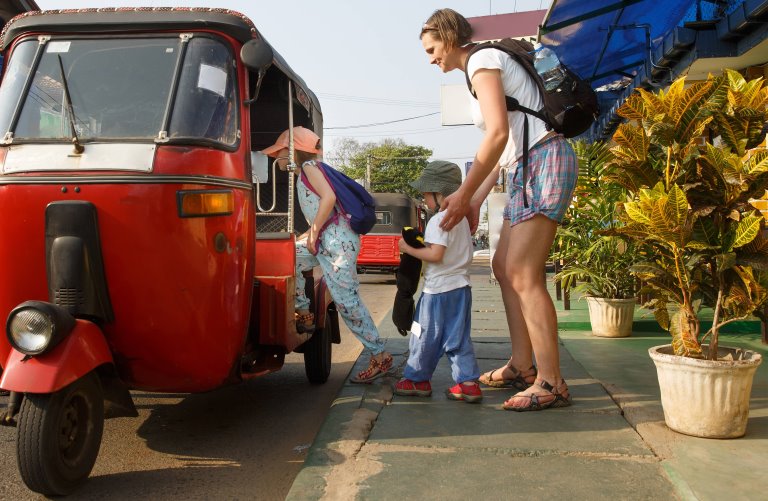
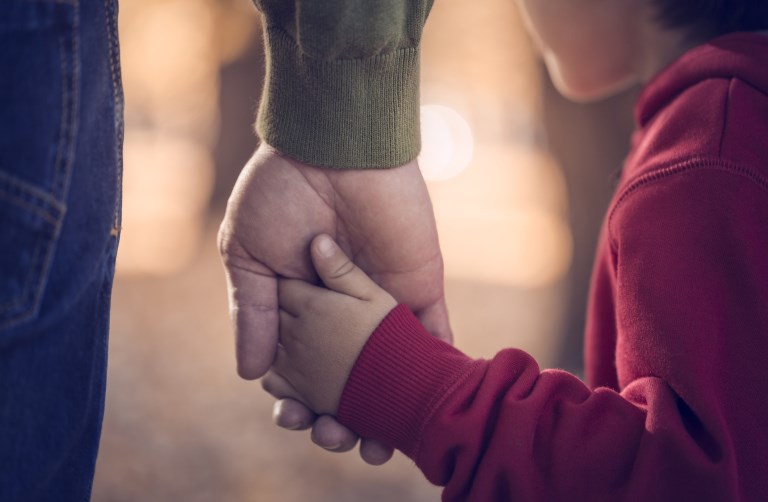

No Comments